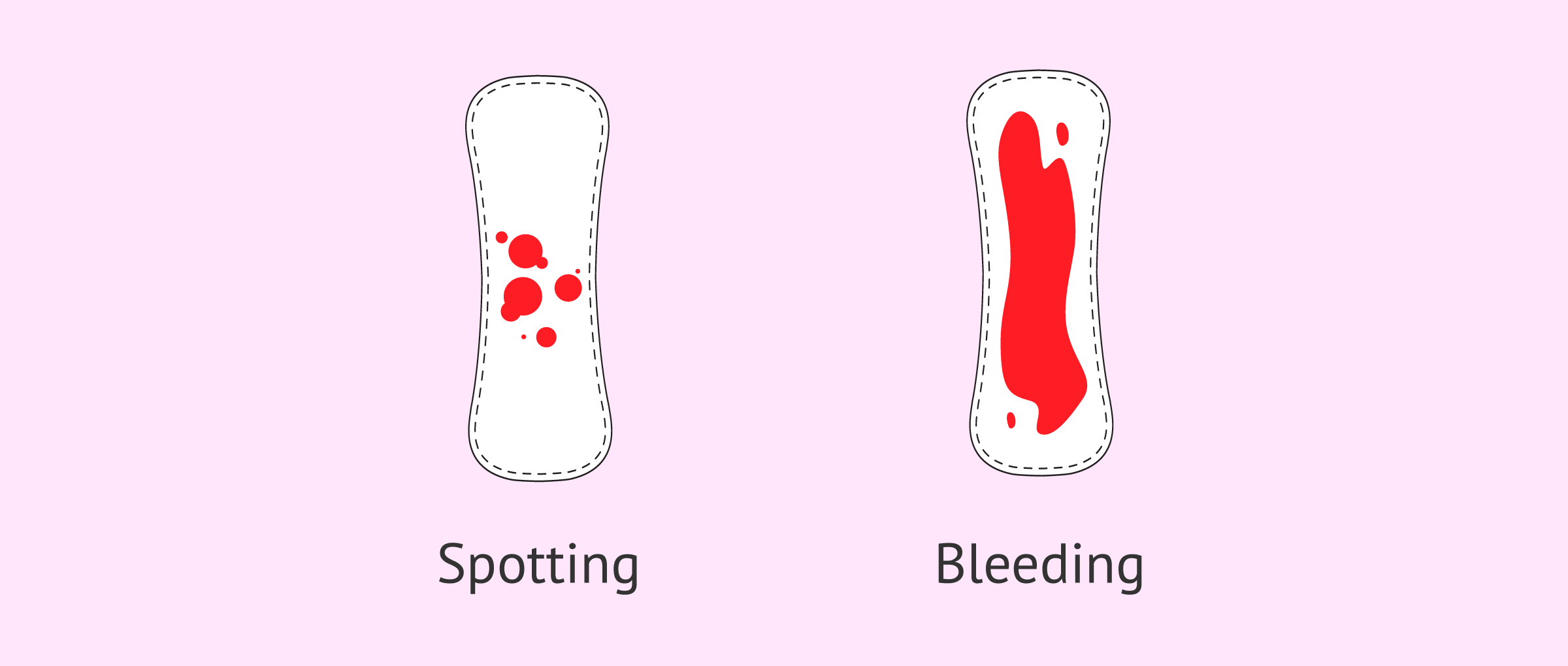Spotting During Pregnancy
Spotting during pregnancy can be disconcerting to many moms-to-be. How much vaginal bleeding or spotting in pregnancy is “normal”? When should mothers become concerned and when should they contact a care provider? Does spotting indicate that a miscarriage is about to happen? Here are ways to tell normal pregnancy spotting from a potential problem.
How Many Women Experience Spotting During Pregnancy?
If a woman reads a typical pregnancy book, she may assume that all spotting is a warning sign. She might suspect that spotting means either she is having a complication with her pregnancy or that she is having a miscarriage.
What women may not know is that spotting during pregnancy is not unusual, nor is it always a problem. According to health experts, spotting during the first trimester of pregnancy appears to be fairly common. In fact, some research suggests that nearly a quarter of all expectant mothers experience vaginal bleeding during their first trimester.

What Could be Reasons Why a Mother Experiences Spotting?
There are several reasons why women may experience spotting during pregnancy. In the first several weeks of pregnancy, spotting is common when the placenta implants into the uterine lining. In fact, the spotting often coincides at the same time a woman might expect her period, so she may not initially realize she is pregnant but rather assume it is a lighter period.
It is not unusual to have light spotting during pregnancy after having sexual intercourse. Occasionally vaginal infections can also cause bleeding in pregnancy.
Other reasons for vaginal bleeding can be more serious. Heavier spotting could be an ectopic pregnancy or a blighted ovum (where the embryo has failed to develop in the proper place). Other times, spotting or bleeding during pregnancy can be a sign of miscarriage.
What Should You do if You Notice Spotting During Early Pregnancy?
A good rule of thumb if a mother notices spotting during early pregnancy is to keep an eye on two things; how much spotting she observes and for how long. Light spotting for one to two days is not unusual in early pregnancy. In fact, light spotting at this stage does not increase the mother’s risk of miscarriage.
However if a mother notices her spotting turns to heavy vaginal bleeding, lasting for several days and is accompanied by pain, this could be a sign of miscarriage and she should contact her care provider.
What Should You Do about Vaginal Bleeding Later in Pregnancy?
Vaginal bleeding is not a normal occurrence in the second or third trimester of pregnancy. In fact, if a mother experiences bleeding in the last two trimesters of pregnancy, it can signal a problem with the placenta such as placenta previa (where the placenta partially or completely covers the cervix) or placental abruption(where the placenta has begin to separate from the uterus).
If a mother notices vaginal bleeding anytime in the last six months of pregnancy, she should report the amount of spotting or bleeding to her care provider.
Light spotting during early pregnancy is rarely a sign of a problem. Yet it is advisable for expectant mothers to make note of any changes they notice during pregnancy. It is especially important for mothers to observe how much spotting they have and how long it lasts. When in doubt, expectant mothers should always report signs of spotting during pregnancy to her care provider.